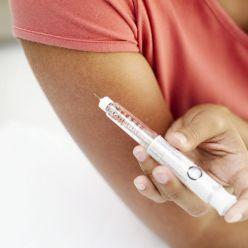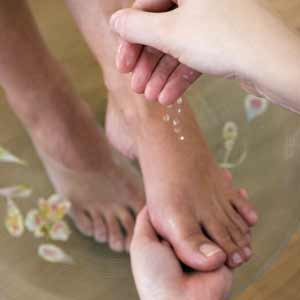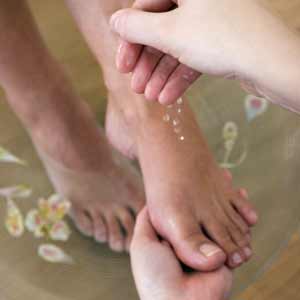Tips To Eating Healthy: For diabetics, food choices are a tough battle from time to time. As those with diabetes must eat with certain restrictions in mind, it is sometimes difficult to find meals which not only keep them within their specific dietary guidelines but taste good as well. The truth of the matter is that diabetics are able to eat healthy but dine on items which are delicious to boot. The following will provide some tips for those living with diabetes to consider if they are looking to eat healthy meals which taste great.
Small But Delicious Meals
Since the main goal of diabetics is to keep their blood sugar at a favorable level, doctors often recommend that these individuals eat approximately five small meals throughout the day in addition to snacks here and there. The meals are ones which do not have to be boring in nature. It is possible to choose food items which can be made into delicious entrées and snacks. For example, when cooking with items such as chickpeas, bread and fruit, these items can be turned into a delicious meal of hummus and pita served alongside some fresh apple slices. The newest guidelines issued by the American Diabetes Association (ADA) have stated that carbohydrates in the diet should be commonplace and sucrose items are allowed. The ability to have these food sources in the daily diet opens up a whole new world of possibilities for the diabetic.
Menu Items At Restaurants Feature Diabetic-Friendly Food
Many restaurants now feature icons on their menus which dictate “heart healthy” items. This is beneficial not only for people who are watching their weight and cholesterol intake but for those who are diabetic as well. By ordering items which are heart healthy and therefore low in sugar and cholesterol, the diabetic is able to dine out, eat good food and keep within their required blood sugar level. It is also important to know that restaurant patrons can often ask for their meals to have a special twist to them, such as order dressings and toppings on the side as well as ask for low-salt meals. There is no reason why diabetics should shy away from dining out as there are ways to eat healthy and get good food at the same time.
Choose Healthy Desserts
When many hear the word “diabetic” being uttered, they often think that this rules out desserts completely and the diabetic has to eat a bland meal minus any good food items at the end. This is not true as those who have diabetes can eat desserts from time to time as there are plenty of healthy dessert choices available to them. For example, fruit cup and low fat frozen yogurt both provide tasty dessert options for the individual should they desire a dessert after their meal. Having diabetes does not mean a total ban on all future desserts and there are plenty of options for diabetics to choose from in the way of delicious treats.
Use Certain Allowable Seasonings To Add Flavor
Another way to eat healthy yet not sacrifice flavor while doing so is to use allowable seasonings when cooking a diabetic-friendly meal. Certain seasonings such as garlic, pepper and oregano all add flavor and are able to be eaten by diabetic individuals. Sugar and salt are not the only ingredients which will add flavor to food. Since most diabetics shy away from these two items, it is helpful to have other options with regard to seasoning the meals to make them tasty and healthy at the same time. Consulting a diabetic-friendly cookbook will help one to make healthy yet flavorful choices when cooking meals that are in keeping with their diabetic diet.
 Early
Early  Ways To Prevent Diabetes: Type 1 diabetes is an inherited condition. At this time there is no way to prevent a person from having Type 1 diabetes. Type 2 diabetes can be prevented. Type 2 diabetes develops in those who have managed to“wear-out” their body’s natural ability to make use of the glucose in the bloodstream.. An understanding of how use of glucose in the bloodstream manages to wear down the body cells helps with recognition of the various ways to prevent diabetes.
Ways To Prevent Diabetes: Type 1 diabetes is an inherited condition. At this time there is no way to prevent a person from having Type 1 diabetes. Type 2 diabetes can be prevented. Type 2 diabetes develops in those who have managed to“wear-out” their body’s natural ability to make use of the glucose in the bloodstream.. An understanding of how use of glucose in the bloodstream manages to wear down the body cells helps with recognition of the various ways to prevent diabetes.
 Proper
Proper  Playing Sports With Diabetes: Different types of sports is a great opportunity for all individuals to have. For those with diabetes, playing sports may require a little more preparation than for those who do not have diabetes. It is important to consider the various factors involved to ensure that the sports are played in a safe fashion with one’s blood sugar level in mind.
Playing Sports With Diabetes: Different types of sports is a great opportunity for all individuals to have. For those with diabetes, playing sports may require a little more preparation than for those who do not have diabetes. It is important to consider the various factors involved to ensure that the sports are played in a safe fashion with one’s blood sugar level in mind. Diabetes And The Common
Diabetes And The Common